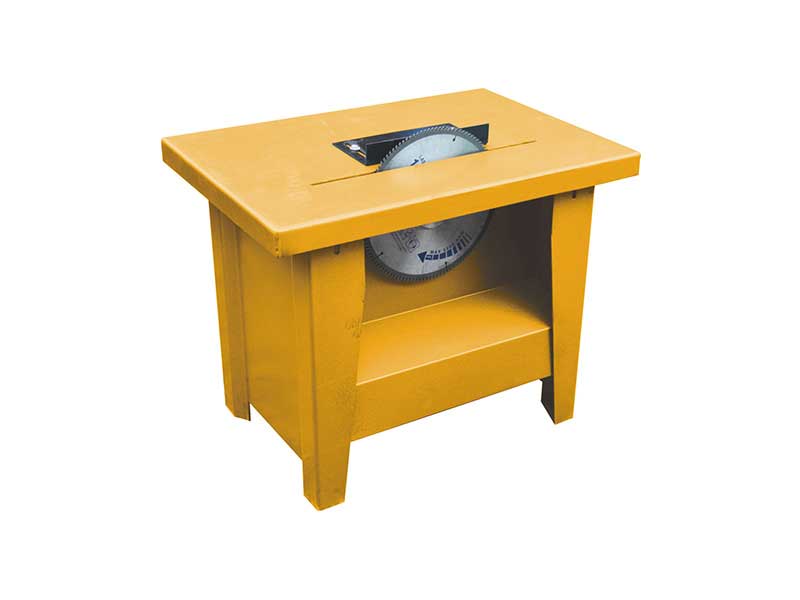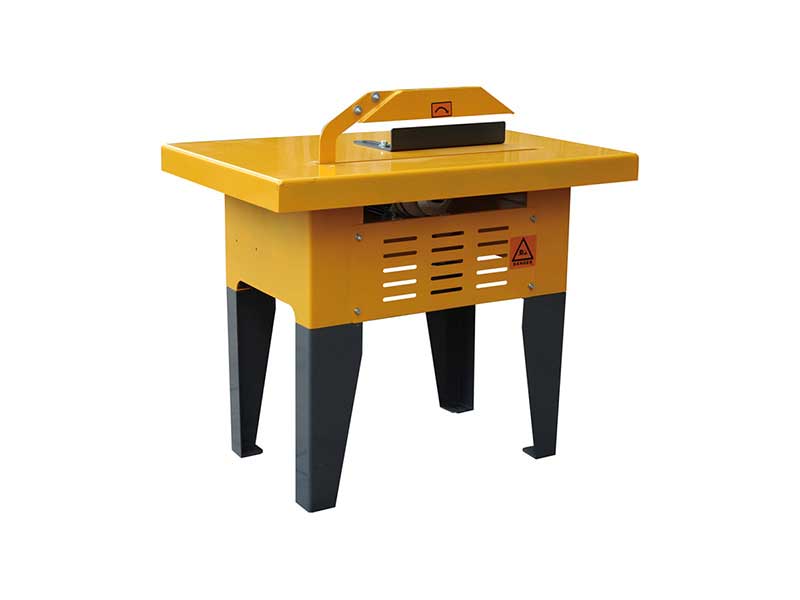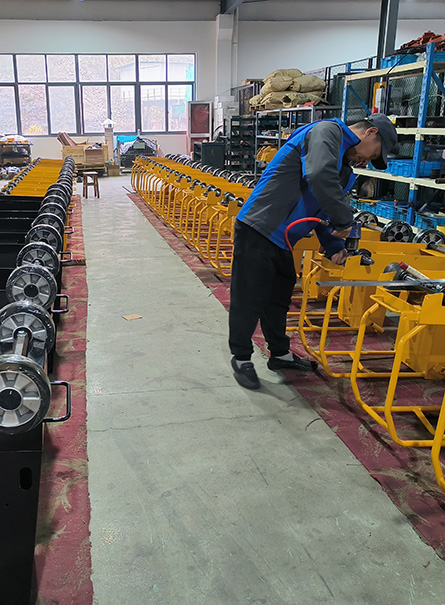HTS500 table saws with 500mm hob diameter and 2800 RPM
Power Of Motor
2.2(KW)220V-380V
Hob Diameter(mm)
500
Running Speed(RPM)
2800
HTS400 table saws with 400mm hob diameter and 2800 RPM
Power Of Motor
Electric Motor 3KW 380V
Hob Diameter(mm)
400
Running Speed(RPM)
2800
Understanding Plywood and Cutting Techniques
- Essentials of Plywood Cutting:
When dealing with plywood in various projects, the necessity to tailor it to specific dimensions arises frequently. The common query is about the optimal method for cutting plywood. Techniques range from using a handsaw, jigsaw, to more advanced methods involving table saws and circular saws
- Guidance for Plywood Cutting Using Different Tools:
This section provides detailed instructions and pointers for utilizing each tool effectively for cutting plywood.
- Safety First:
Always prioritize safety by wearing protective gear for ears, eyes, and hands, especially when operating power saws. Plywood cutting generates considerable dust, hence performing this task in a well-ventilated area like a garage or outdoors is advisable.
- Circular Saw Usage for Plywood:
Using a circular saw for plywood cutting is a common practice. Achieving long and straight cuts can be challenging without a jig or guide. A simple solution is to use a clamped board along the plywood's length as a guide.
For cutting on the ground, place the plywood on a foam sheet, adjusting the blade depth to prevent ground contact. Minimize edge tear-out by using a sharp blade and setting the blade depth to its maximum. For smoother edges, place the finished edge downwards. Blue painter's tape along the cut line can aid in reducing splinters.
- Table Saw Techniques for Plywood:
Handling a large plywood sheet on a table saw requires caution and ideally, an assistant. To minimize chip-out and achieve a clean cut, set the blade height to its maximum and keep the good edge face-up. Maintain steady pressure against the fence during cutting and ensure the assistant does not exert pressure on the plywood to maintain a straight cut.
- Jigsaw for Plywood Cutting:
For circular cuts or intricate designs, a jigsaw is the tool of choice. Ensure sufficient cord length and select a blade with appropriate teeth for the job. Lock all adjustment knobs before starting.
- Hand Saw for Plywood:
A hand saw, although not the most efficient, can be suitable for limited cuts. For longer, straight cuts, use a stiff board as a jig. Cut only on the push motion for greater accuracy. Use the stiffer part of the blade near the handle for better control.
- Professional Assistance Available:
For projects requiring precision and skill, professional help is invaluable. Horizont provides expertise and the right tools for wood cutting tasks. For those reconsidering DIY projects or lacking the necessary tools, professional assistance is just a call away at (86)16762215115 or through an online estimate request.
Essential Guide to Choosing a Table Saw
- Introduction to Table Saw Selection:
Selecting the right table saw involves considering various models, from basic to advanced professional cabinet table saws. This guide focuses primarily on job site table saws, favored for their portability and affordability. Ideal for framers, carpenters, and DIY enthusiasts, these saws are less costly than cabinet saws.
- The Blade's Importance:
Regardless of the table saw's features, the blade is the key component. Start with a high-quality table saw blade, adjust its height correctly, and you're on track to achieve superior results.
- More Insights on Portable Job Site Table Saws:
Motor Power Considerations:
Job site table saws typically require a 15-amp motor, sufficient for most tasks and compatible with 120V AC power. Cordless models are emerging but haven't yet matched the performance of 10-inch table saws. Corded power remains the preferred choice for optimal performance.
Motor Types:
Most job site saws feature direct drive motors, with belt drives found in more powerful cabinet saws. Skilsaw offers unique worm drive motors in their lightweight and heavy-duty models.
Blade Specifications:
Standard table saw blades measure 10 inches, offering a 3-1/2 inch cut capacity at 90 degrees. Some cordless saws use smaller blades, which can limit cutting depth. A 10-inch blade provides more versatility and depth.
Blade Speed and Performance:
For job site saws, motor RPM equates to blade RPM. Speeds typically range from 4000–5000 RPM, but don't discount lower RPMs. Balance between speed and torque is essential, especially for carpentry work where lower speeds can prevent hardwood burning and facilitate smoother cuts.
Arbor and Blade Support:
The arbor and trunnion, which support and maneuver the blade, improve with increased saw power and price. A 5/8-inch arbor is standard in job site saws, but always verify before purchasing blades.
Table and Fence Quality:
Job site table saws usually feature an aluminum table for portability. A reliable fence system, crucial for parallel cuts, varies in quality. Cheaper models might have fences that lose alignment easily. The rack and pinion design, like in some Skilsaw models, ensures precision and ease of use.
Rip and Outfeed Capacity:
A rip capacity over 24 inches is standard for job site saws, accommodating half the width of sheet materials. Outfeed capacity typically matches the table's depth, but additional support can be arranged if needed.
Throat Plate and Dado Capacity:
The throat plate, surrounding the blade, should be narrow to prevent material from entering the blade area and reduce tear-out. For dado cuts, ensure the saw accommodates the necessary arbor length and offers a compatible throat plate.
Miter Gauge Functionality:
While miter cuts are often made with a miter saw, table saws come with miter gauges for larger materials. Their precision varies, so consider this feature if frequent long miter cuts are anticipated.
Dust Collection:
Consider dust collection, especially for indoor or occupied site use. Standard shop vacs are typically adequate for controlling sawdust.
Safety Features:
Modern table saws feature riving knives and push sticks for safety. The blade guard and anti-kickback pawls, while sometimes cumbersome, significantly reduce injury risks. Blade brakes are another crucial safety feature, stopping the blade quickly after use.
Flesh Detection Technology:
Some advanced job site saws include flesh detection technology, instantly retracting the blade upon accidental contact. Though costly, this feature greatly enhances safety.
Conclusion:
Armed with this knowledge, you're ready to choose the right table saw for your needs. Remember to revisit and share your choice with us! If there are features you value that we haven't covered, let us know. The HTS500 table saw is one of our top recommendations for its outstanding performance and features.




